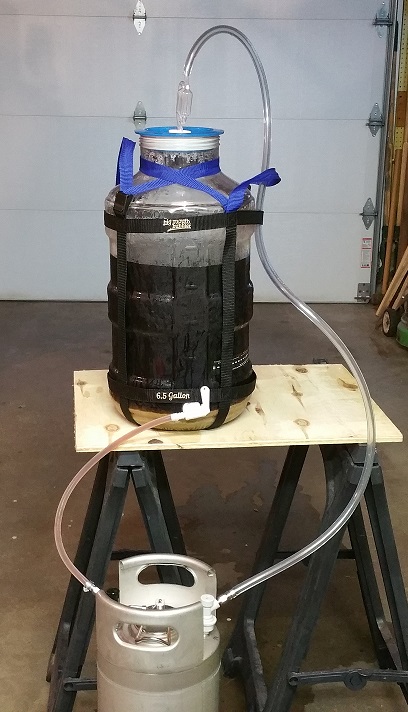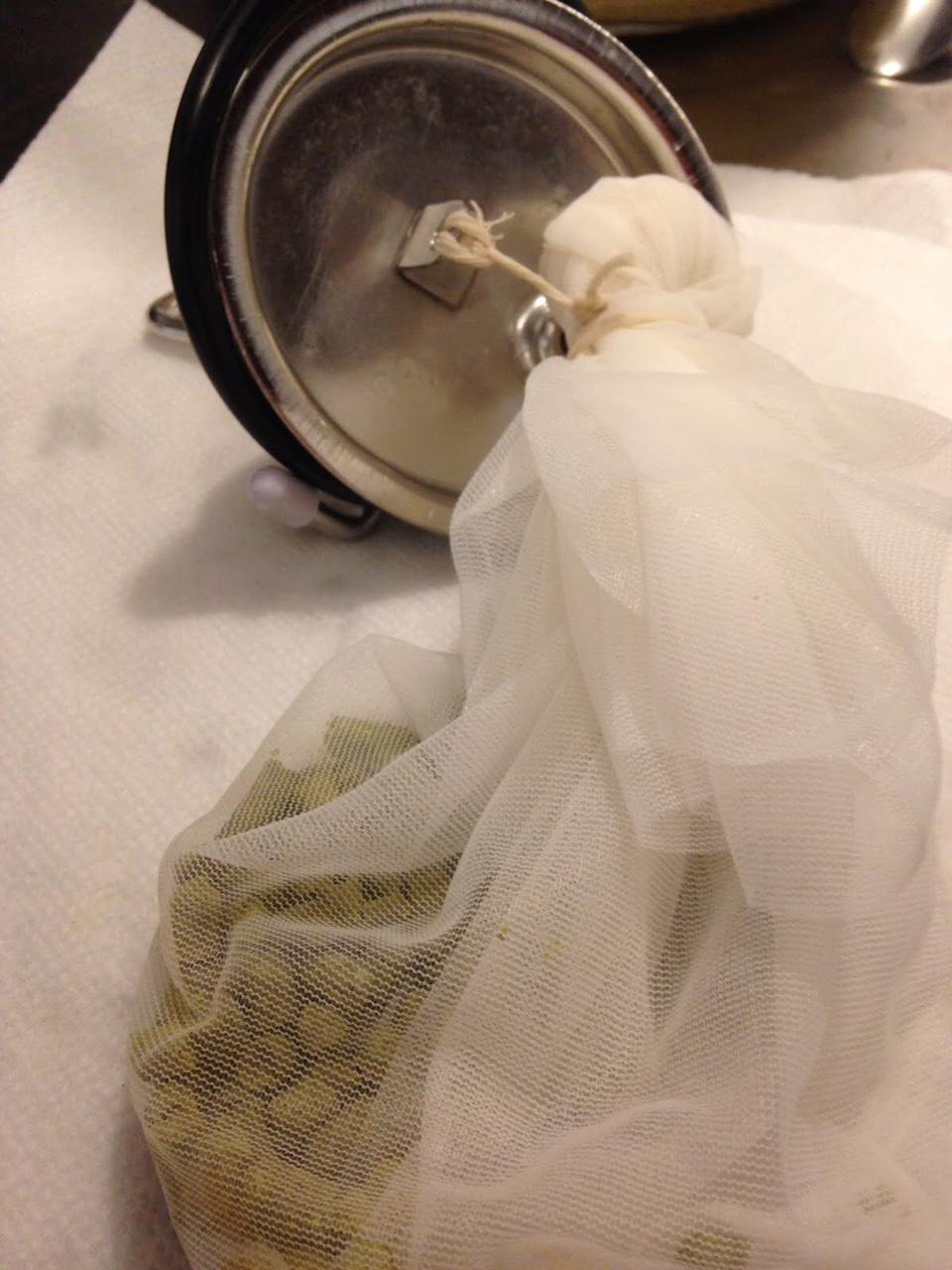Had a nice visit to
PianoMan's town (Austin, Tx) last week and made it to 6 breweries. Thanks to his recommendations, we had some tasty NEIPAs, with our favorites found at Southern Heights Brewing (see photo below).
By our count they had at least 4 NEIPA's. Not sure if it was the 7.6 ABV, but our favorite was 93 Bronco, which used Idaho 7, El Dorado, and Citra.
Close behind was To the Cloud!, followed by Friends with Benefits, which they brewed in collaboration with our second favorite brewery, Zilker. Tahitian Dreamin was also solid. Love that they post the hops they use for their beers.
We also had Pinthouse Pizza's "Electric Jellyfish" on tap at a local bar. It was easily the best beer we had that day -- very good NEIPA that I bet tastes even better at the source.
View attachment 618144




















![Craft A Brew - Safale BE-256 Yeast - Fermentis - Belgian Ale Dry Yeast - For Belgian & Strong Ales - Ingredients for Home Brewing - Beer Making Supplies - [3 Pack]](https://m.media-amazon.com/images/I/51bcKEwQmWL._SL500_.jpg)









































